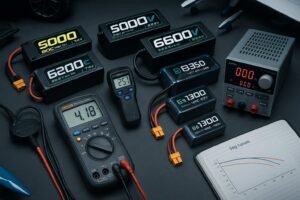
10 Best RC LiPo Batteries (2025): Expert Reviews and Performance Tests for Every RC Category
Discover the top 10 RC LiPo batteries for 2025 with expert reviews, real performance tests, and category picks for cars,
11 years of lithium battery manufacturer

Discover the top 10 RC LiPo batteries for 2025 with expert reviews, real performance tests, and category picks for cars,
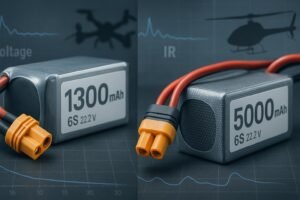
Compare the best 6S LiPo batteries of 2025 for FPV drones and RC applications. Analyze voltage sag, real C ratings,
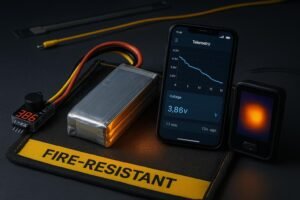
Find 2025’s top LiPo swelling detection tools and early warning systems—safety tips, product picks, and expert advice for hobby to
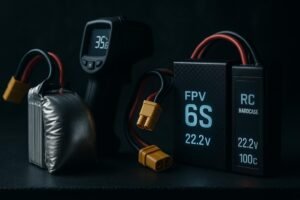
Top premium options for replacing swollen LiPo batteries in 2025. Compare safe, high-performance alternatives with expert safety, sizing, and disposal
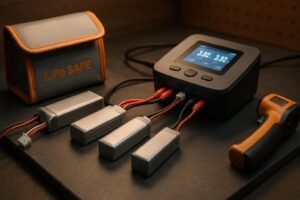
Discover 10 proven ways to prevent LiPo battery swelling in 2025. Actionable tips, precise numbers, and safety guidance for RC,
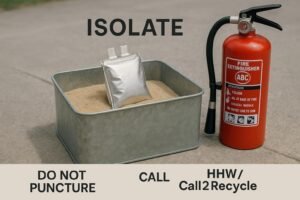
Stop hazards fast: Learn how to handle, isolate, and safely dispose of a swollen LiPo battery with 2025’s latest emergency
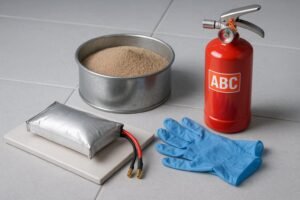
Learn how to safely handle swollen LiPo batteries. Step-by-step fire risk actions, U.S. disposal rules, and prevention tips in this
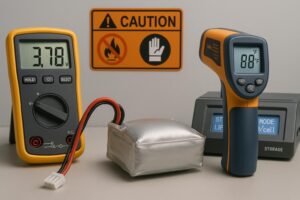
Stop LiPo battery swelling with this clear, step-by-step guide. Learn 7 causes, practical prevention, voltage checks, safety, and disposal tips.
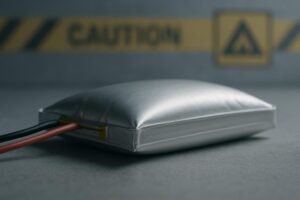
Wondering if you can safely recover a bloated LiPo battery? Learn why it’s unsafe, essential do’s & don’ts, immediate safety
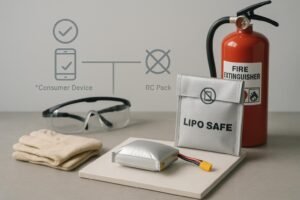
Learn how to safely replace a swollen LiPo battery with clear, step-by-step instructions, essential safety tips, and U.S. battery disposal

Learn how to safely deal with a swollen LiPo battery in 2025—recognize signs, prevent risk, and dispose of it properly

Step-by-step U.S. guide to safely handle, store, and dispose of swollen LiPo batteries in 2025. Includes legal options, safety tips,
Guangdong Yungbang New Energy Co., Ltd.
Copyright © 2013. All rights reserved.